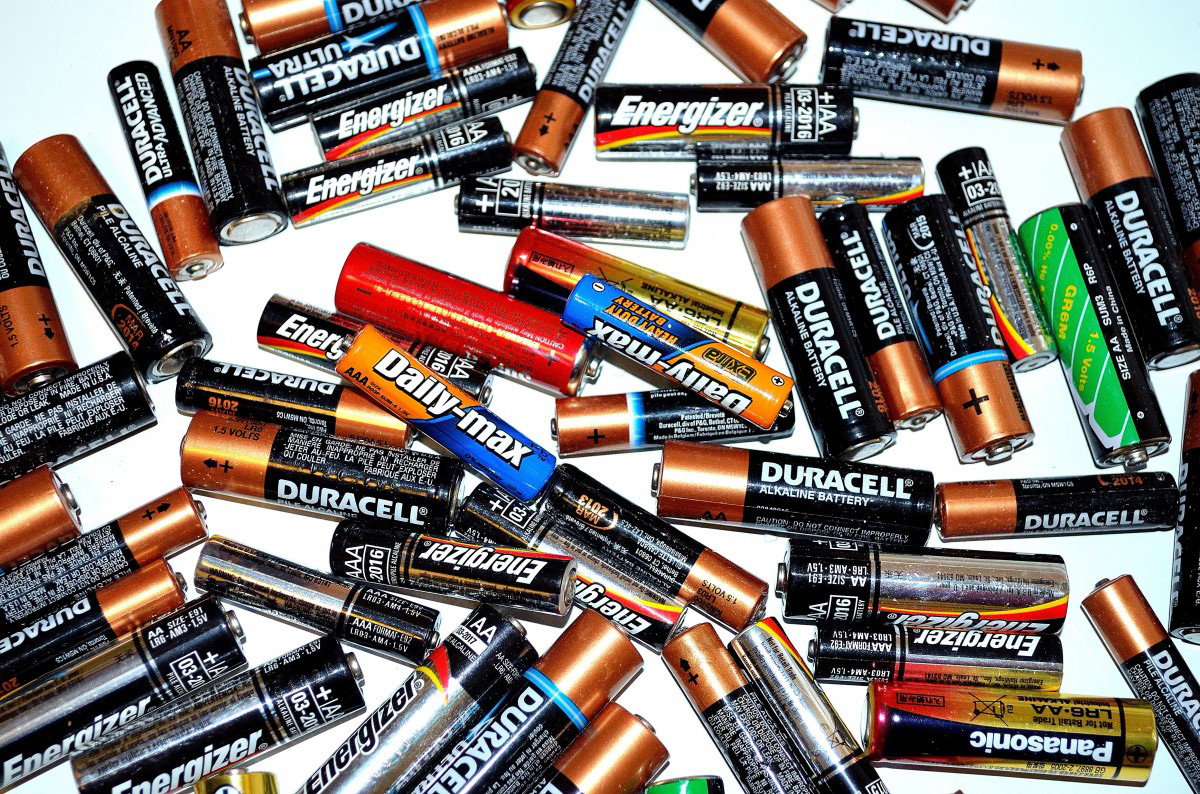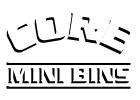5 Common Demolition Waste Examples made from Hazardous Materials

Hazardous waste is common in demolition work. It’s something we run into a lot, though the hazardous material type varies. The most well-known hazardous waste in construction and demolition work is asbestos and lead paint. In older builds, as one will find several of them throughout Toronto, these sort of materials tend to pop up here and there. It’s important to use the appropriate methods to remove them safely off-site and have them processed.
Asbestos and lead paint are far from the only types of hazardous waste in demolition that you’ll find. In our list of five of the most common demolition waste examples, we’ve chosen to put a spotlight on some of the most surprising yet common materials to look out for. The following materials are just as dangerous – or at least have the potential to be just as dangerous – as asbestos and lead paint. It is critical to be aware that they exist and as a demolition company to know how to safely remove them.
Light bulbs
Specialty light bulbs can pose a health and safety risk, if they have mercury inside. This toxic and very dangerous substance is bad for the environment as well as personal health. Any fluorescent or high-density discharge bulbs are likely to contain mercury. When these are discovered in our pre-demolition inspection, they are tagged and removed with a safe, secure disposal method.
PCB caulking
PCB caulking is a building material that was used across Canada, before it was phased out and replaced with alternatives in the late 1970s. In older buildings constructed prior to 1978, PCB caulking is common. For any caulking material which contains more than 50 ppm, it becomes classified as a hazardous material and before any demolition requires appropriate disposal.
Mercury-containing items
Though we already mentioned mercury in specialty light bulbs, this dangerous substance is also present in a surprisingly wide variety of household items. Tilt style light switches, drain traps, float switches, flow meters, pressure gauges, and thermostats all used to include mercury. In older buildings in Toronto ready for demolition, these are all items which are to be inspected.
Lamp ballasts
Ballasts inside lighting fixtures are known to contain PCB caulking. Therefore, any caulking inside fixtures requires testing and treatment if it is found to be hazardous. Even when fixtures do not contain PCB, they still need to be properly disposed of or recycled if/when possible.
Batteries
Batteries in the home can contain cadmium, silver, lead, and mercury – all hazardous materials. Almost every type of battery has these materials inside which means they need to be removed prior to any demolition. Property safety procedures are needed to prevent the possibility of any environmental damage.
What we do with demolition waste
Needless to say, the average demolition can get complicated rather fast. It’s not as easy as showing up with a truck and clearing a site. It takes a thorough inspection and site assessment, ensuring we can recycle what we can and that any hazardous materials are removed.
Are you looking for a demolition company in Toronto? Core Mini Bins has the team, the trucks, and the commitment to a quality performance to get the job done right. Safe, efficient demolition services in Toronto are just a phone call away. Speak with a representative today.


